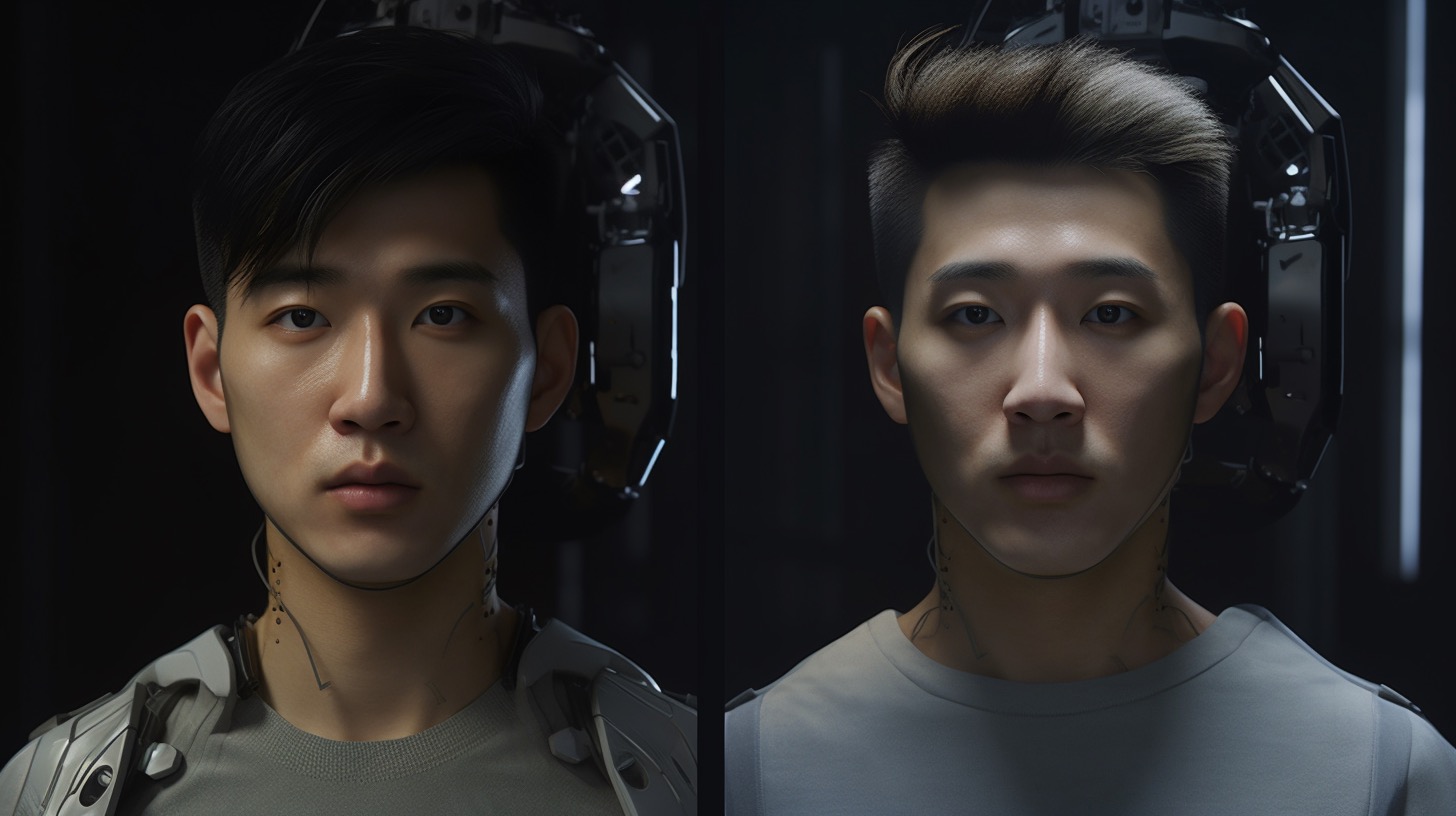In an unprecedented move in the film industry, Polish director Patryk Vega has crafted a cutting-edge biographical movie about Russian President Vladimir Putin, using artificial intelligence technology to bypass traditional casting limitations. This film, lauded for its ingenuity and technological integration, saw its reveal during the esteemed Cannes Film Festival.
Vega’s groundbreaking technique utilized a live actor matching Putin’s physical stature, overlaying the president’s facial features onto the actor with AI. This method required an immense dataset, with the director stating that “a robust AI system needs at least 20,000 high-resolution images” for optimal function. Vega, who has been recognized for his work in crime dramas, boldly claimed that his film stands as the first of its kind to employ such advanced technology.
The movie spans six decades, merging political thriller elements with an intricate psychological study. Vega’s portrayal of Putin is multifaceted; showcasing not only his composed public demeanor, but also giving a glimpse into his more vulnerable moments of incontinence and music-playing. “I aimed to delve into Putin’s psyche,” Vega explained, contemplating the Russian leader’s ego-driven motives that became part of his artistic muse amid the onset of the Ukraine war in February 2022.
With future aspirations, Vega plans to extend this AI service to fellow filmmakers, particularly for crafting scenes filled with extras. He envisions transforming empty streets into bustling crowds, an efficient and cost-effective solution that circumvents the challenges of image rights and large-scale filming.
As the industry grapples with the implications of AI, such as during Hollywood’s massive strike last year, the equilibrium between technology and traditional roles has been maintained through agreements ensuring actors’ rights over their digital likenesses. Meanwhile, Vega’s creative pursuit has garnered international attention, boasting sales in over 50 countries, as it hints at a new horizon for the marriage of cinema and AI innovations.
Most important questions and answers:
Q: What advanced technology did Patryk Vega use in his Putin biopic?
A: Patryk Vega utilized artificial intelligence to overlay Vladimir Putin’s facial features onto a live actor who matched Putin’s physical stature. This required at least 20,000 high-resolution images to function optimally.
Q: What are the themes of Vega’s Putin biopic?
A: The film is both a political thriller and an intricate psychological study, exploring six decades of Vladimir Putin’s life, including his public image and private vulnerabilities.
Q: How does Vega plan to use AI technology in future film projects?
A: Vega intends to offer this AI technology to other filmmakers for creating scenes populated with AI-generated extras, potentially transforming empty spaces into bustling crowds.
Key challenges or controversies:
– Ethical Implications: Using AI to replicate a real person’s likeness raises ethical questions about consent and the portrayal of that individual. This is particularly sensitive with a political figure like Putin.
– Data Privacy and Rights: The need for a large dataset to create a digital likeness raises concerns about the collection and the use of someone’s personal data, including image rights.
– Employment for Actors: The use of AI to generate characters could lead to a decrease in opportunities for human actors and extras, potentially impacting their livelihoods.
Advantages and disadvantages of AI in film:
Advantages:
– Cost-Efficiency: AI can reduce the costs associated with casting, sets, and extras.
– Flexibility: AI-generated characters can be used to accomplish scenes that would be difficult, dangerous, or impossible with human actors.
– Consistency: AI can maintain a consistent look for a character that needs to appear across different ages or in flashbacks.
Disadvantages:
– Loss of Human Touch: AI-generated performances might lack the nuanced expression and depth that trained human actors bring to a role.
– Job Displacement: As AI becomes more prevalent, there could be fewer roles for human actors and crew members.
– Technical Limitations: AI technology is still evolving, and it may not deliver the desired level of realism or may encounter unexpected technical challenges.
If you’re looking to explore more about artificial intelligence generally, this link provides a good starting point: ai.google.
It is important to note that while intriguing and pioneering, the use of AI in this film may not fully capture the essence or subtleties that a live performance could deliver. The debate over the digitization of individuals, especially without their consent, continues, raising questions surrounding the ethics of deepfake technology and AI in creative industries. The adaptation of artificial intelligence in filmmaking could represent both a boon and a bane, depending on one’s perspective and interests within the industry.

